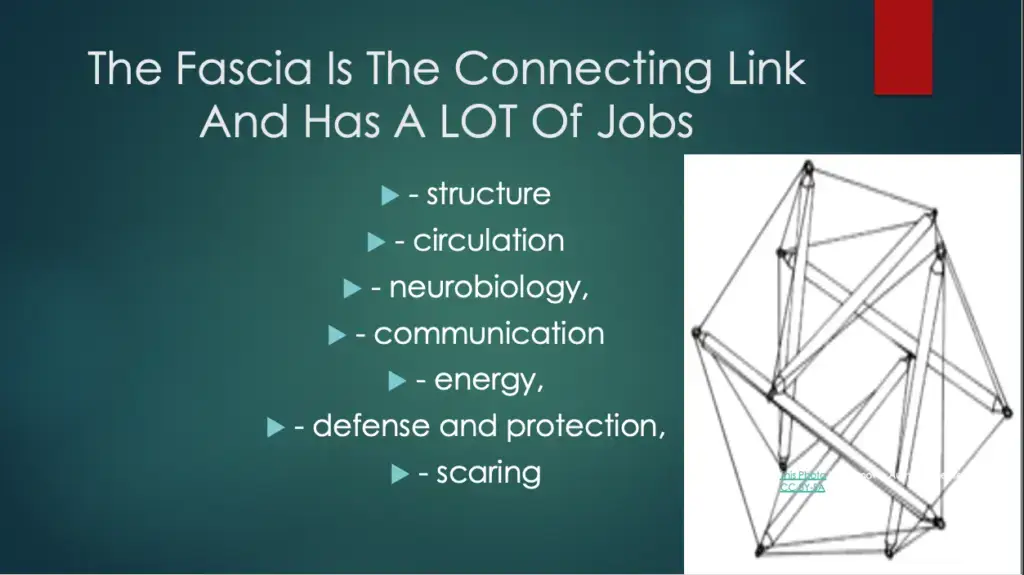
Click on the image to watch the video
Are you struggling to get more mobile, finding standard mobility videos either too confusing, too hard, or even painful? Instead of a random list of exercises, lasting mobility comes from understanding why you’re stiff, how mobility decreases, and what rules and reasons should guide your routine.
Mobility is your ability to move freely and comfortably through the full range required by daily life and activities. Aging, lifestyle, and activity specialization decrease mobility—not simply because you’re inactive, but because repetitive patterns lock your body into just a small number of movements. For example, if there are a thousand possible motions but your routine uses just ten over years, the rest become dysfunctional and tight, while the familiar patterns get overused and stiff.
The foundation to improving mobility is hydration. Your soft tissues, especially fascia, rely heavily on water. If dehydrated, fascia acts like tough leather, restricting glide and flexibility. Quality water—at least a quart to half your body weight in ounces daily, preferably spring or properly filtered—is essential. Dehydration increases friction and micro-tearing, often wrongly perceived as “good soreness” from exercise, when it’s actually tissue damage that impedes mobility.
The next step is diagnostic: identify which tissues—muscles, tendons, ligaments, joint capsules—are inhibiting your movement. Pushing through routines with undiagnosed restriction may only reinforce dysfunction. For genuine mobility gains, address the precise muscle or area, considering whether to strengthen or stretch, and being aware that some muscles become stiff from weakness and others from tightness. Know each muscle’s actions and counteractions to decide on the right approach.
Specificity is critical. Every body is unique, and mobility limitations often stem from a weak link in your own kinetic and fascial chain. For example, the popular McKenzie (cobra) press-up—often given for lower back pain—can worsen certain spinal conditions such as facet joint syndrome or move the spine out of the area needing mobility. Always consider which part of your spine or muscle is affected, how it should move, and use targeted approaches to open restricted segments.
For safe, lasting improvement, favor techniques that avoid excessive compression—translation exercises that separate joints without loading, and methods like ELDOA method for segment-specific joint opening.
https://www.solcorefitness.com/eldoa-the-ultimate-spine-and-joint-exercises/
[Insert after paragraph above.]
Are you hitting frustrating plateaus or making things worse with generic routines? Comment below to share what has and hasn’t worked for your mobility. The right plan respects contraindications, your history, and your individual structure—which is why guided assessment is so valuable.
Ready to Move and Live Better?
If mobility is limiting your freedom or causing pain, Book a free consult. We’ll review your current program, pin down your obstacles, and create a strategic plan tailored for you.
it’s not just working out, it’s building a foundation for a better life.
Find out more @


